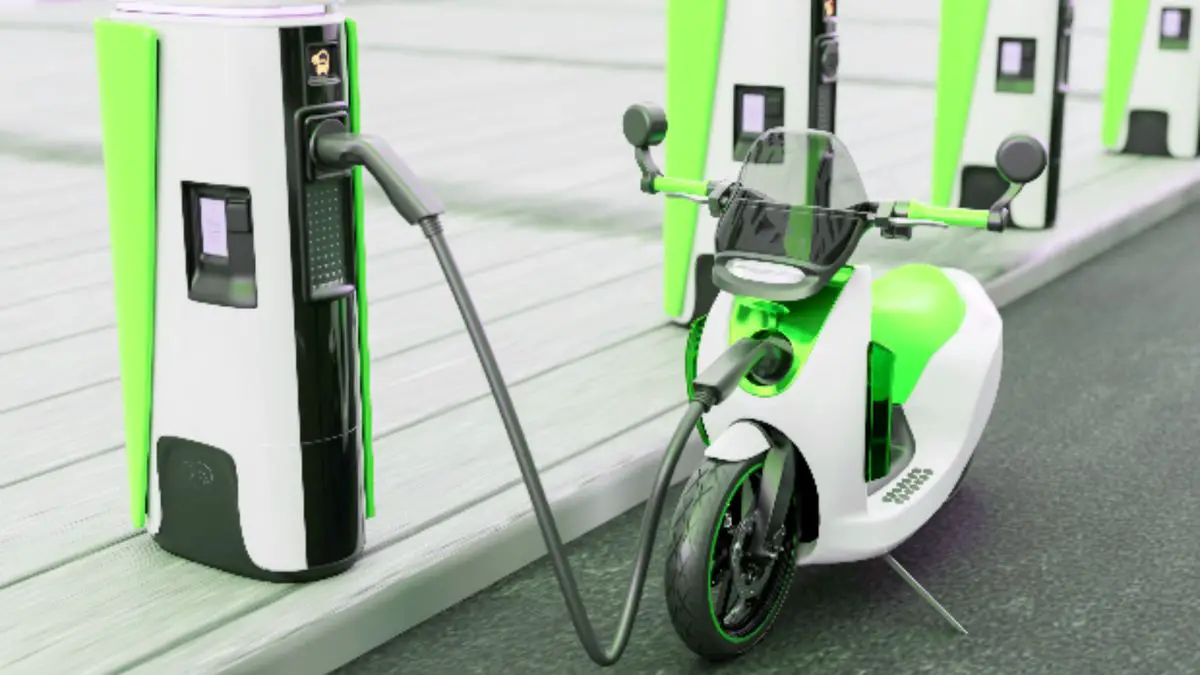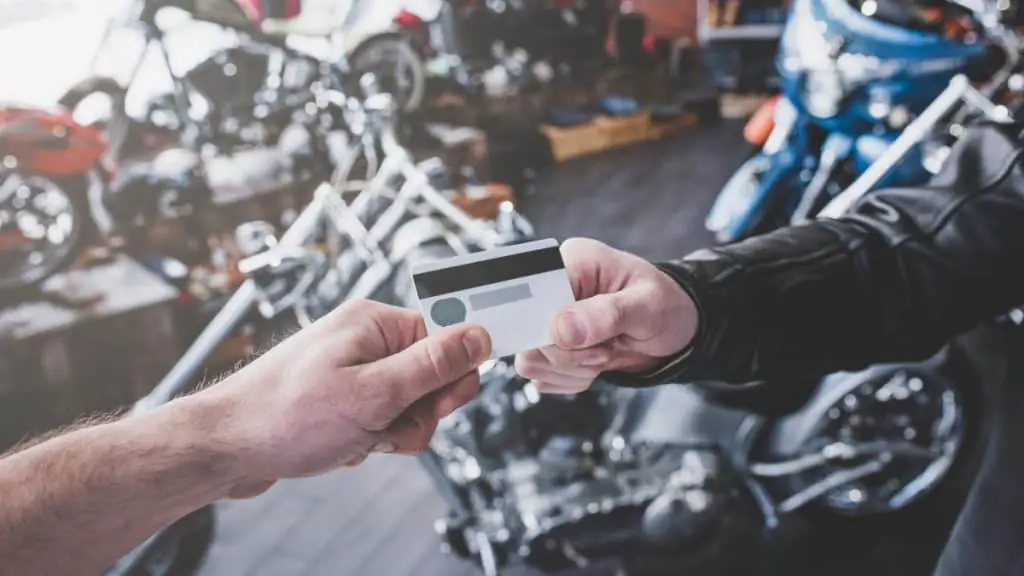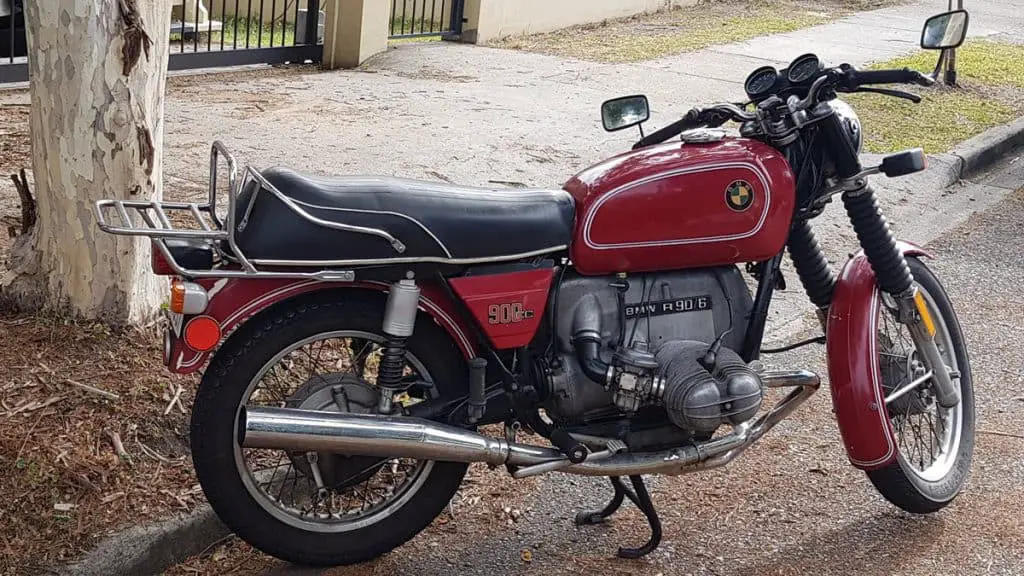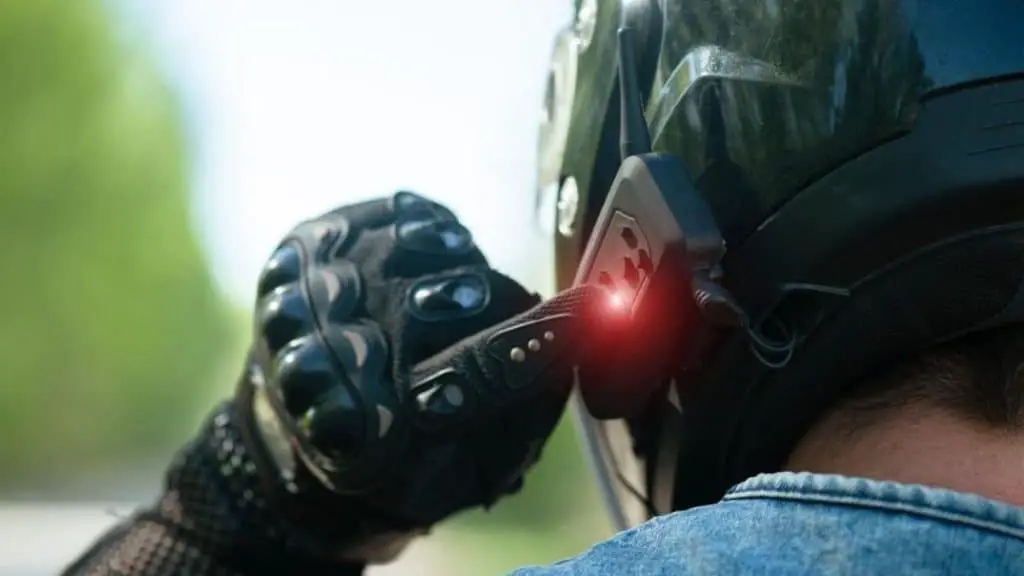The Rise of Green Motorcycles: Why Electric Is Toppling Gasoline
Let me guess: The throaty growl of the exhaust is sweet music to your ears. The idea of shifting to a near-silent electric engine is as off-putting as vegan meat for you.
Yeah, I thought so.
The debate between electric vs. gas motorcycles is nothing new. But in the past few years, battery technology has advanced in leaps and bounds making the pace of electric transformation faster.
So, yes. For die-hard gas engine riders, it’s time for a change.
Before you protest, let me assure you that I admire gas engines as much as any other motorhead. But honestly, I feel that this change is great for the future of green transportation.
What makes modern electric motorcycles (EMs) capable enough to take the air out of gas-powered ones? Read on to find out.
A Quick History of Electric Motorbikes
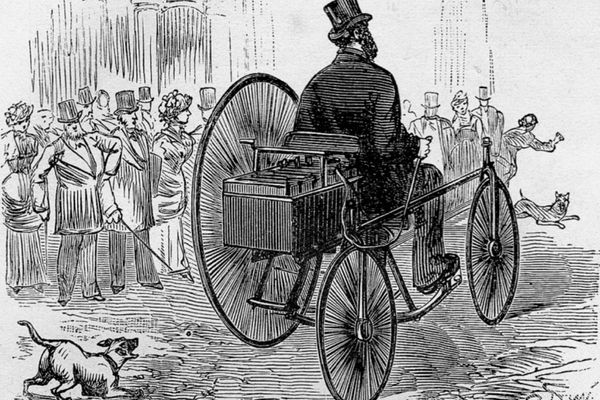
The history of electric two-wheelers is longer than you may think. It all started in 1881 when a Starley eccentric tricycle chassis was fitted with an electric motor and rechargeable batteries by Gustave Trouvé in Paris.
(By the way, first patents were filed even earlier, in 1869! But they mostly came to naught.)
In 1895, not one but TWO patents for an “electrical bicycle” were filed in the US. The following year, an electric tandem bicycle was displayed at the Stanley Cycle Show in England. Nothing much really happened in terms of bringing EV bikes into your average household. But minds were stirring with ideas and prototypes!
Fast forward to World War II, and gasoline was heavily rationed. So, in 1938, Maurice Limelette founded an electric motorcycle company called Socovel. The company manufactured electric scooters and motorcycles till 1945. (More details here.)
After the war, the progress in the development of electric motorcycles slowed down. One noteworthy development was a prototype electric motorcycle by the Indian Motorcycle Company in 1967.
In the early 1970s, Mike Corbin developed the street-legal electric motorcycle Corbin Electric. In 1974, another model from Corbin, the Quick Silver, set a speed record of 165.387 mph for electric motorcycles.
The next important step came in 1996 when the Peugeot Scoot’Elec, an electric scooter, was presented by manufacturer Peugeot. Fast forward a few more years, and you have Mission Motors launching the Mission One electric motorcycle in 2009. That machine hit the 150-mph mark!
That same year, the Time Trial Xtreme Grand Prix (TTXGP) race for electric motorcycles was held with as many (or as few, depending on how you think about it) 13 machines participating.
Since 2015, the technology of electric motorcycles has been developing at a fast pace. More than a century after their development started, they are ready to race ahead of their gas counterparts.
Why Are Electric Motorcycles Getting More Popular?
Let’s take an example.
When Harley Davidson introduced the LiveWire electric motorcycle in 2019, it was designed to cater to younger, urban riders. While that’s (sadly) not Harley’s target market, the success of Livewire forced the brand to launch the new LiveWire S2 Del Mar last year to cash in on the high sales volume.
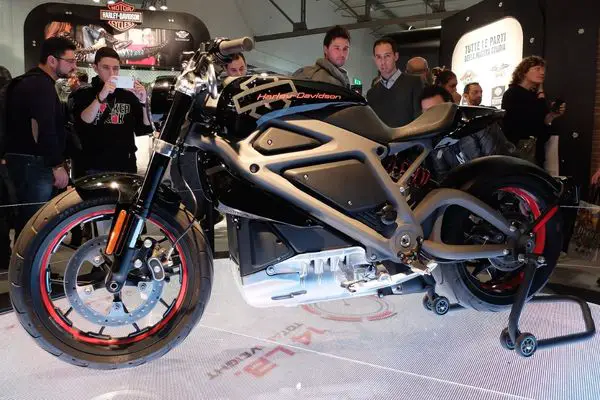
So how did it work for a brand like Harley with decades of engine roar as its legacy?
The answer may lie in the words of Will Stirrup, one of the co-founders of startup bike-maker Maeving. “The holy grail for motorcycle manufacturers is bringing in young customers,” he told the Guardian.
Indeed, the more environmentally conscious millennials will find that eating a meatless burger is a much more wholesome experience on an EM than a petrol rattletrap.
Harley may or may not pull off this attempt at rebranding, but plenty of other brands are also taking advantage of this market trend. There are other popular electric models like the Zero DSR/X from California-based Zero Motorcycles, cruisers like the Curtiss One, and sport bikes like the Energica Ego+.
Honestly, I can’t say I’m surprised here. We already know that the European Union has imposed a ban on vehicles powered by IC engines after 2035. And the UK has already proposed to extend this ban on two-wheelers.
And even though the Motorcycle Industry Association (MCIA) is asking for more time for this phase-out, the writing on the wall is clear.
Last year, the COP27 conference declared the importance of developing electric mobility to drive toward carbon neutrality. Surely, the impact will be felt on a global scale very soon.
But why all this talk about ditching gas for electricity when it comes to motorbikes? You could be forgiven for believing that riding motorcycles is by default better for the environment than cars.
As usual, the truth is more complex. It’s time for a session of myth-busting!
Admittedly, motorcycles emit less carbon dioxide. But the amount of smog-forming hydrocarbons, nitrogen oxides, and carbon monoxide that they emit is higher. They even emit more PM 2.5 particles than modern passenger cars!
And while the engine technology in passenger cars has been significantly updated in the last two decades to cut emissions, the same can’t be said about motorcycles. The reason is twofold, the lack of space in a motorcycle and the cost implications.
In short, traditional motorcycles are as bad as four-wheelers when it comes to emissions.
And here’s why.
Electric vs Gas Motorcycle: 7 Key Differences
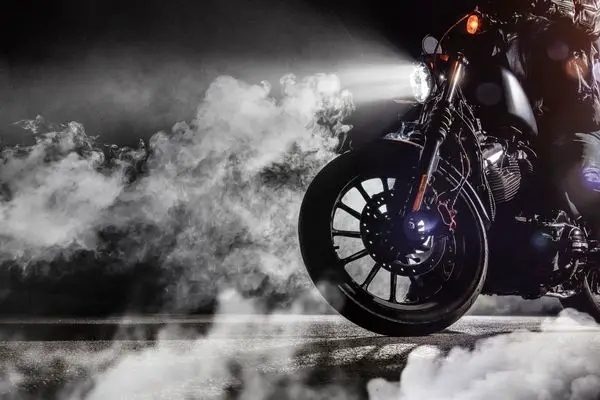
For newbies trying to buy a new motorcycle, making a choice has become tougher. Now, it is not just about identifying your needs, choosing the type of motorcycle, fuel efficiency, and power output. You also need to pick between an electric or a traditional motorcycle.
Does that make you as confused as Batman at a Disney party?
To help you out, here’s a comparison of electric motorcycles with their gassy counterparts.
1. Peak Power and Torque
Internal combustion engines can deliver peak power and torque only at higher RPMs. Whereas, electric engines will deliver the top torque output from the get-go. And that’s one thing that even hardcore petrolheads need to respect.
Quite simply, this makes riding an electric motorcycle great fun. With the power from the electric motor instantly available as torque output, you can make use of the rapid acceleration without the need for shifting. On top of that, the power delivery is super smooth.
Note, this is not a never-ending process of unlimited torque delivery. Ultimately, the rotation of the armature of the motor will create a back-EMF (electromotive force) that will reduce the torque output. But as long as it lasts, it feels awesome.
2. Speed
If you aren’t bothered about going green, how about going fast?
Most of the top brands are conducting extensive R&D of electric motorbikes. So, the EMs are likely to outperform their IC-engine-driven counterparts in the coming years.
In truth, they already have.
Take one of the top EMs in the current (never mind the pun) market as an example, the Lightning LS-218. Quite simply, this is a motorcycle that will make you hang tight to your leathers.
It has a top speed of 218 mph and can reach 60 mph from 0 within an incredible 2.2 seconds. This fastest out-of-the-box motorcycle in the world is also the winner of Pikes Peak Hill Climb, beating some of the top gas-powered motorcycles.
3. Super Quiet Performance (Which is Actually Good!)
Ask any EM owner about their experience of riding the machine for the first time. Most will talk about the weird feeling of getting just a gentle buzz instead of the typical VROOM or POP POP from the belly of the beast.
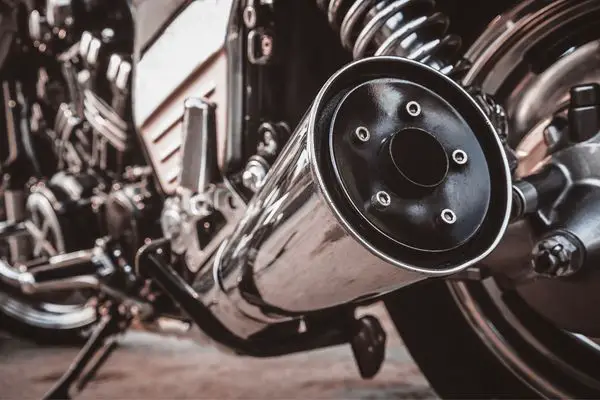
Personally, I was blown away by the experience.
Drowning your insecurities in the throaty growl of a motorcycle engine sounds like an excellent idea. In fact, most of us have conditioned ourselves to associate motorcycles with a V-Twin roar from our early riding days.
But think about this…
Do we really need noisy, smelly, smoky machines to enjoy a ride? None of the other devices we use in our daily lives do so. (Imagine a smoke-belching smartphone or a laptop). Quite simply, we need to re-learn it.
Even the “loud pipes save lives” philosophy doesn’t stand. A recent study exposed it for what it is – a mere excuse.
Cruising down a mountain road with nothing but the sound of the wind to distract you might feel different. But trust me on this – even if you are a hardcore noise-aholic, you will get used to this peaceful riding experience in a short time.
4. Fuss-Free Ownership Experience
The lack of noise also translates into next to no vibrations and low maintenance. Add to that the lower weight of the battery pack compared to an IC engine block. Now you have a motorcycle that’s easier to control even after skipping those grueling leg workouts at the gym.
With no combustion, fuel injection, and moving pistons, electric motorcycles have few moving parts. That means you don’t need to refill oil, adjust valves, or replace air filters. Regular cleaning, lubricating, and checking of the tire pressure and the brake pads are good enough to keep an electric motorbike running for years.
5. Pay More to Pay Less?
Here is a common question: why are electric motorcycles so expensive?
(This was something that confused me too!)
There are multiple reasons that make an electric motorcycle’s price so high.
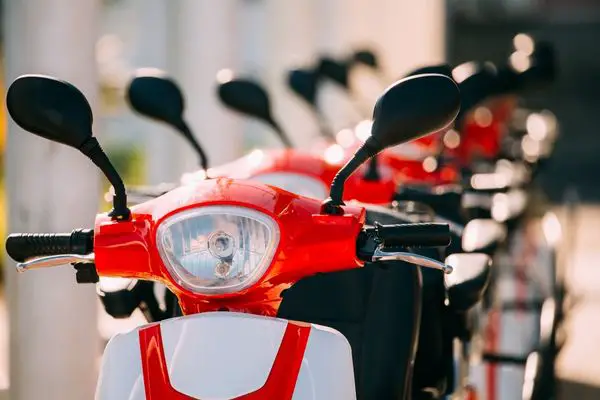
One thing is, top motorcycle brands like Kawasaki, Honda, and Yamaha have been slow in investing in electric motorcycles. Most companies like Energica, Zero, and others are newcomers who have to invest millions in developing and testing new technology. So, they need a higher return on their investment to balance the investment risks.
Moreover, the main production cost behind electric motorcycles is the cost of the battery pack. It is more expensive to manufacture a high-quality battery pack that will last for years than an engine.
But that’s not the complete picture. With gas prices rising, your expenses rise each time you fuel up. Compared to that, charging an EM is way cheaper. Add to that the reduced maintenance charges for electric motorbikes.
That means, over the lifetime of the electric motorcycle, you should be able to save a couple of grand. The final figures will depend on how much you ride and the design of the motorcycle you pick.
6. Juicing Up
One aspect where gasoline-powered motorcycles have the edge is the distance you can travel before refueling. Present-day batteries can’t store as much power as a topped-up fuel tank.
However, the technology of lightweight batteries for electric motorcycles is developing at a rapid pace. In the coming years, motorcycle batteries will provide more efficiency and range.
(Or at least we hope they will.)
Unlike refilling gas tanks, electric motorcycle batteries will take a few hours to recharge. When heading for a long ride through remote terrains, you need to plan for finding a charger network on the way before you run out of juice.
7. Style and Customer Feedback
To be honest, not all EMs come with an appearance that veteran riders will bow down to. But today, the concept of aesthetics is changing, and looking cool is all about self-expression.
Gone are the days when you can ride around on a bike spewing fumes and screaming like a banshee like you don’t give a damn. When you ride an electric motorcycle, it shows that you care a lot more about the environment (than you really do).
And today, you will find EMs of all types and in every category. Just like traditional motorcycles, there are electric tourers, sports bikes, street bikes, and even dirt bikes.
Are there any challenges?
There’s a fine line between making something look and work differently, but if it’s too unfamiliar, prepare for it to be rejected by the public.
concept artist and biking expert Kar Lee, EV Magazine
So, designers are trying to make EMs look like traditional motorcycles to ensure “cultural acceptability”. Hopefully, that will raise the appeal for the veterans.
There’s one more thing that I must mention here. While everyone and their grandmothers have owned a traditional motorcycle, customer experience with electric motorcycles is still on the lower side of the scale.
Thankfully, this problem should resolve with time with higher sales and more dealerships popping up.
The Battery Conundrum
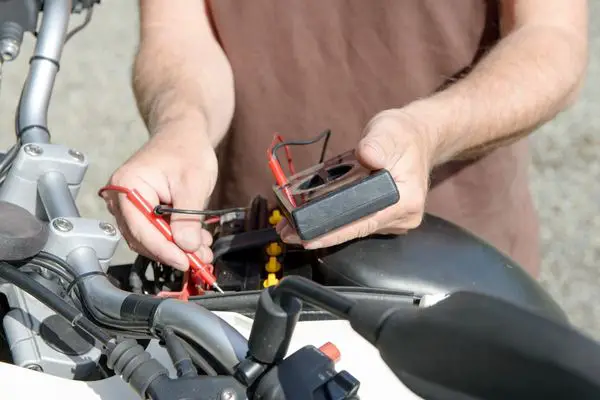
This is one aspect of EMs where there are a lot of important points to discuss.
When it comes to two-wheelers, there are two types of batteries used under the hood: lead-acid and lithium-ion.
Lithium-ion batteries are the most common choice as they are lighter and more advanced. They have a slower discharge rate and perform better in cold conditions. Modern battery packs also come with heatsinks and fans to control the heat generated during charging and discharging.
I know what you’re thinking. What about the range and life of this pricey device?
To be honest, there is no definite answer. It depends on the battery quality and where you ride. Unlike gasoline engines, electric powertrains offer the best performance during city rides and drain faster when you hit the open stretches.
The range of an EM can vary between 80 and 250 miles depending on the battery quality. For most Americans, that range is sufficient for commuting.
Consider the Energica Eva Ribelle as an example. It has a range of around 261 miles in city settings. Likewise, the Damon HyperSport offers a range of 200 miles in all conditions.
The warranty provided on the battery varies. Most brands provide a 3–5-year warranty on the battery. For example, the 2023 Energica Experia comes with a battery warranty of 3 years / 31.000 miles.
With the right amount of maintenance, these batteries can easily last for five years or more. Here are a few handy maintenance tips.
- Make sure to keep the battery clean and dry. Water entering through the charging ports can damage the internal components. In addition, keep the terminals free from corrosion.
- Don’t overcharge the battery as this can damage the battery management system or result in a fire. Always use the correct charger for charging.
- Charge the battery regularly and once charged, don’t leave it plugged into the mains for long hours.
- If you’re storing the motorcycle for a long period, charge the battery every 2-3 months. This will prevent the cells from depleting. Also, keep the battery in a cool and dry place while storing.
How to Charge an Electric Motorcycle?
Finding out the best charging solution for your motorcycle might need a bit of homework. Keep in mind that not all electrical motorcycles can’t plug into all chargers. However, all EMs come with a Level 1 charger that can be used for home charging from an AC wall outlet.
Next, there are US-market Level 2 and Level 3 chargers. These are special plugs that can be used to charge the motorcycle in a public charging station. Level 3 charging is also called DC fast charging, but not all electric motorcycles can use these chargers.
Note, the charge time estimates will vary based on the battery type. The numbers provided by the companies aren’t always real-world accurate.
4 Common Myths About Electric Motorcycles

Myth #1: Your electric motorcycle can shock you in the rain!
It’s true: Water and electricity don’t go hand in hand.
But it’s not a reason to freak out while riding your EM through a downpour. An EM won’t magically transform into an electric eel and deliver an electric shock the moment you get it wet. So, riding in the rain is not an issue.
Actually, think of it as a smartphone. You can use a smartphone in the rain if it is fairly water-resistant. But even so, the water might damage the internal components if you keep it wet for long periods or immerse it in water.
Myth #2: Electric motorcycles are only good for commuters.
Yes, electric motorcycles are great for commuters.
However, that doesn’t restrict their use to areas within the city limits. They are great for all types of rides including off-road trips.
In fact, the instant availability of torque makes these machines great for low-speed, low-traction conditions. And with more charging stations available, even touring is possible in an EM.
Myth #3: The acceleration they offer isn’t as good as on a regular bike
Yes, acceleration in an EM is different from that of a regular motorbike.
We have already covered this above. (Scroll up to the “Peak Power and Torque” section.) In truth, the instant acceleration available in an EM makes it necessary for newbie riders to control the throttle with care. Enthusiastic rookies should acclimatize to this surge before heading into busy streets.
Myth #4: The number of chargers isn’t enough
This may have been a fact and a legitimate concern a few years back.
But today, there are plenty of charging stations available across the country, regardless of whether you are on a highway or an urban setting. Electrify America has 800 stations with more coming up. And you can also find stations and start charging by using their mobile app.
Bottom Line: The Future of Going Green
Let’s check out some stats.
Back in 2021, the global market value of electric motorcycles and scooters was around USD 46 billion. If you trust the forecasts, it is set to rise steadily to USD 109.5 billion by 2030.
Some of the major drivers are stringent emission norms that focus on a greener future and rising global awareness about pollution. At the same time, there has been a rising presence of electric motorcycle manufacturers across North America and Europe.
The electric motorcycle market was slow to take off. Compared to e-vehicles, the technological innovation for EMs is still lagging. But the market is gathering momentum – quietly, just like its product.
So, are electric motorcycles worth it?
You bet they are!
Make no mistake about it; the EM revolution is coming. The question is, are you ready to embrace the future? Or do you get left behind?

